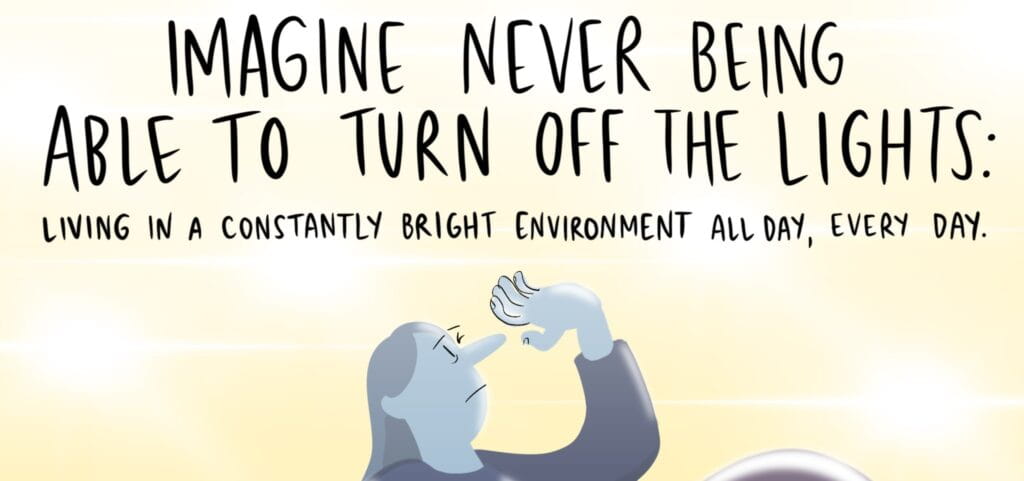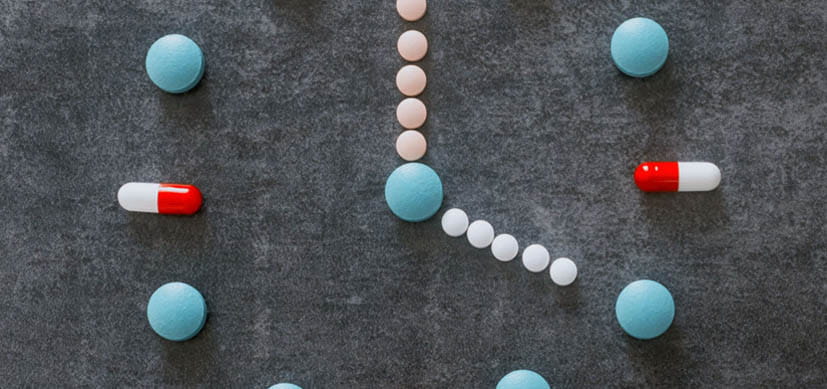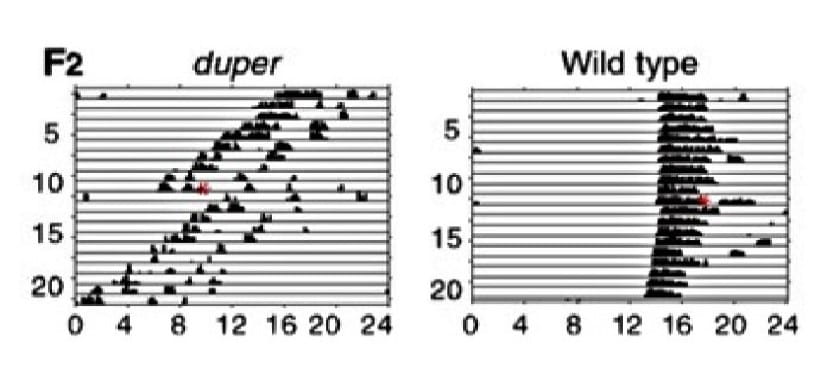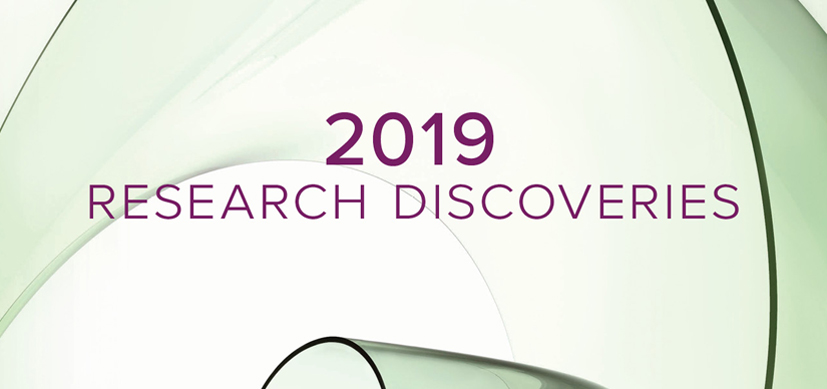
About
Biography
I began my scientific career as a neuroscientist interested in how genes regulate behavior. A series of inspiring mentors propelled me to pursue those interests across industry and academia.
I've since worked with many scientists on projects in plants, flies, zebrafish, mice and people. This work has focused on the function of noncoding RNAs; building a Gene Atlas of the mouse, human and rat transcriptomes; and cell-based screening, among others.
I'm particularly interested in genome biology with a focus on the circadian clock. In my lab at Cincinnati Children’s Hospital Medical Center, we work to uncover the mechanisms of the circadian clock and apply that knowledge to medicine. For example, our lab has discovered several core clock genes and proven that they regulate physiology and behavior. This includes my discovery of the transcription factor Bmal1 — the master regulator of the mammalian clock — along with its paralog, Bmal2, and its partner, Npas2. Later, my lab characterized Rora/Rorb/Roc as key regulators of Bmal1 and circadian function. We also discovered Chrono as a non-canonical repressor of Bmal1/Clock, and Kpnb1 as a required transporter of the PER/CRY complex.
We are also applying the principles of circadian biology to hospital medicine by looking at time of day as a guide for medication administration.
My lab’s work on transcriptional outputs of the circadian clock in animal models and humans is leading to a wealth of new opportunities in circadian medicine and has spurred community contributions to the public databases GeneATLAS, Gene Wiki and CircaDB. We have also developed several widely used algorithms, including JTK, PSEA, MetaCycle and CYCLOPS.
I am a Penn Fellow and sit or have sat on the scientific advisory boards of Qiagen, Mimetics, Synchronicity, Bio-Rad and the Ryan Licht Sang Foundation Medical Committee. I have also advised the Gene Ontology (GO) consortium, the Environmental Protection Agency (EPA), and several institutes within the National Institutes of Health, including the National Institute of Diabetes and Digestive and Kidney Diseases (NIDDK), the National Cancer Institute (NCI) and the National Heart, Lung and Blood Institute (NHLBI).
Postdoctoral Training: Genomics, Novartis, Basel, Switzerland.
PhD: Neuroscience, Northwestern University, Evanston, IL, 1999.
BA: History, University of Southern California, Los Angeles, CA, 1989.
BS: Biology, University of Southern California, Los Angeles, CA, 1991.
Services and Specialties
Research Areas
Publications
CYCLOPS reveals human transcriptional rhythms in health and disease. Proceedings of the National Academy of Sciences of USA. 2017; 114:5312-5317.
Circadian Rhythms: Move Over Neurons - Astrocytes Mediate SCN Clock Function. Current Biology. 2017; 27:R350-R352.
Clock Regulation of Metabolites Reveals Coupling between Transcription and Metabolism. Cell Metabolism. 2017; 25:961-974.e4.
MetaCycle: an integrated R package to evaluate periodicity in large scale data. Bioinformatics. 2016; 32:3351-3353.
Discovering Biology in Periodic Data through Phase Set Enrichment Analysis (PSEA). Journal of Biological Rhythms. 2016; 31:244-257.
KPNB1 mediates PER/CRY nuclear translocation and circadian clock function. eLife. 2015; 4:e08647.
Assessing the prevalence of mycoplasma contamination in cell culture via a survey of NCBI's RNA-seq archive. Nucleic Acids Research (NAR). 2015; 43:2535-2542.
A circadian gene expression atlas in mammals: implications for biology and medicine. Proceedings of the National Academy of Sciences of USA. 2014; 111:16219-16224.
IVT-seq reveals extreme bias in RNA sequencing. Genome Biology: biology for the post-genomic era. 2014; 15:R86.
Machine learning helps identify CHRONO as a circadian clock component. PLoS Biology. 2014; 12:e1001840.
From the Blog
For Children After Stem Cell Transplants, Food Timing Matters
John Hogenesch, PhD, Christopher E. Dandoy, MD, MSc2/15/2023
Circadian Medicine Research Featured in NYTimes Magazine
John Hogenesch, PhD7/6/2022
Spectral Lighting: Novel Science Leads to Innovative NICU Design
John Hogenesch, PhD, James M. Greenberg, MD ...8/3/2021
Our 2019 Research Annual Report
John Hogenesch, PhD, Theresa Alenghat, VMD, PhD ...2/4/2020
Room for Improvement in Drug Dosage Timing in Hospitals
John Hogenesch, PhD, David F. Smith, MD, PhD10/1/2019









